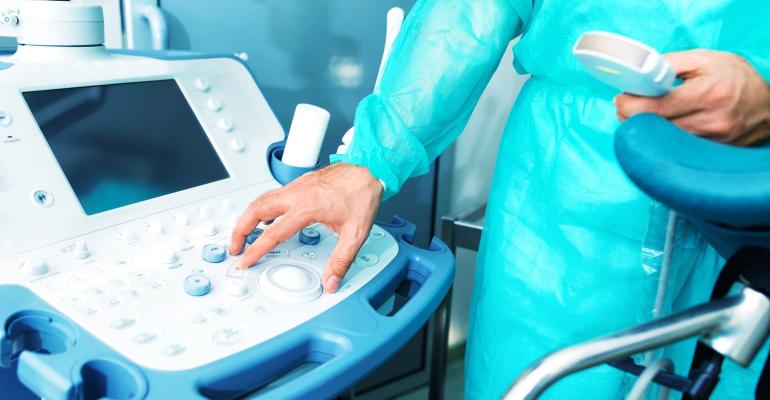Saudi Arabia’s healthcare sector is one of the largest in the Middle East, the region is considered a lucrative target for manufacturers, distributors and investors. With progression, regulation becomes a significant subject of discussion. Currently, Saudi Arabia boasts of a strong and comprehensive medical device regulatory policy that helps improve the safety and effectiveness of medical and in-vitro diagnostics (IVD) devices and provides better access to these products.
Medical devices can be introduced into the Saudi market once registered with the Saudi Food and Drug Administration (SFDA). The SFDA has several regulations and guidance notes providing an understanding of the manufacturing, importation, advertising and distribution of medical devices in the region.
These regulations align with the standards set by the International Medical Device Regulation Forum (IMDRF)- a voluntary group of medical device regulators aiming at accelerating regulatory convergence and harmonisation process for medical devices.
According to the International Trade Administration’s Country Commercial Guide, Saudi Arabia’s medical equipment market aims to focus on manufacturing more high-level medical commodities including emergency room equipment, rehabilitation equipment, electro-medical equipment, orthopedic, dental appliances, prosthesis, and advanced wound management. The commercial guide further states that the medical equipment market is estimated at US$2 billion and is predicted to grow at approximately 10 per cent annually.
With the increasing consumption of healthcare services in Saudi Arabia and the focus being on further strengthening the medical device industry, it is imperative to introduce positive changes within the regulatory frameworks.
The global revolution in medical device technology both in diagnosis and treatment calls for the adoption of newer technologies, according to Ali Al-Dalaan, Executive Vice-President of the Medical Devices Sector at the SFDA. The goal must be to align with this technological revolution and strengthen the global medical devices regulatory framework by developing robust standards for artificial intelligence within medical devices, best engineering practices for medical device maintenance and medical gases systems, to name a few.
The major challenges Saudi Arabia will overcome once the regulations are in place is that the medical industry will be able to keep abreast with the new changes/updates driven by rapidly evolving medical technologies such as AI, biotech and digital health. Al-Dalaan added that there is no difference in regulations when dealing with local and global manufacturers, and stresses the significance of regulatory authorities working together to regulate medical devices globally as much as possible.
“The lesson learned from the COVID-19 pandemic is that the industry needs to enhance its medical devices supply chain due to existing vulnerabilities and weaknesses in the supply chain infrastructure. I think this is a crucial point and important aspect that the industry will have to look at seriously in the future,” he said.
Get insights into the healthcare industry of Saudi Arabia in Omnia Health's latest eBook. Read more [HERE].
____
Back to Saudi Arabia


